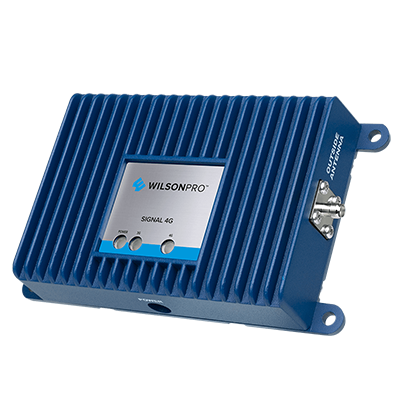 A "direct connect" or M2M (machine-to-machine) booster skips over the interior antenna, and connects directly to the input antenna jack of a single target device - which means that phones and tablets without an antenna port will not be able to benefit.
A "direct connect" or M2M (machine-to-machine) booster skips over the interior antenna, and connects directly to the input antenna jack of a single target device - which means that phones and tablets without an antenna port will not be able to benefit.
The Pro IoT 5-Band is a M2M booster - typically intended for fixed installations like providing connectivity to the modem located in an ATM or a RedBox.
The Pro IoT 5-Band has an antenna that goes on the roof, an amplifying unit that is kept indoors, and then the interior output cable plugs directly into a single target device with an antenna port.
Of particular interest to RVers is the potential for using two of these in a dual-booster configuration to go into a device with MIMO antenna ports, such as many cellular routers and some mobile hotspot (like the Verizon AC791L and AT&T UnitePro).
More Information on MIMO and boosters: Understanding MIMO (Multiple Input, Multiple Output) – LTE Speed & Cell Booster Implications
NOTE: This product was previously made by weBoost as the Signal 4G, but it was discontinued and replaced by the identical IoT 5-Band, only now with a blue casing to better fit into weBoost's commercial focused sister company WilsonPro.
Specifications
- Model: 460119
- Gain: 15dB
- Max Uplink Power: 24 dBm
- Impedence: 50 ohm
- # of Devices Boosted Simultaneously: One
- LTE Bands Supported: 5, 12, 4, 13, 25/2
- Exterior Antenna: 4" Magnetic Mount - 15' Cable
- Internal Antenna: None - Direct Wired
- Range of Interior Coverage: Direct Wired
- In Motion Usage: No
- Power: AC/DC 5V/2A
- Connectors: SMA Female
- Dimensions: 1.25" x 3.5" x 6.25"
- Warranty: 3 Year
- List Price: $299.99
News, Videos & Status
weBoost sent us two Signal 4Gs (now Wilson Pro IoT), and we conducted extensive testing with the pair as part of our Spring 2016 round of Cellular Antenna Testing.
Related News:
Alternatives to Consider
For other booster options on the market worth comparing this model to - here are our featured options:
This Review Contains Additional Member Exclusive Content!
We are Honored to be Member Funded! No ads, no sponsors, no selling (but may contain affiliate links)
Our members fund our in-depth independent reviews.
This entry may contain additional member exclusive content such as testing notes, field testing data, user interface tours, comparisons to alternatives, analysis, tips, videos and discounts.
Members also get interactive guidance, alerts, classroom and more.
Other Ways to Support Our Work At MIRC
Member Exclusive Content Below
- Thoughts & Analysis
- Deep Dive
- LTE Band & Network Compatiblity
- Dual Booster MIMO Experimentation
Purchasing Options
Purchasing Links & Disclaimer
We don't sell stuff, we are primarily member funded. Some links below may be affiliate links (see our disclaimer), which also helps fund MIRC.
The vendors displayed below provide larger discounts to our MIAs that we have negotiated instead of displaying affiliate links while they are logged in.
MIA Discounts - Learn & Save!
Our Mobile Internet Aficionados (MIA) get special discounts from the below vendors. Members please check for discount codes before ordering. With savings up to 11% off, you could save more than your membership cost!
Affiliate vendor links - using these links helps support MIRC's mission (MIAs, please log in to get special discounts):
Other vendors:
Wilson Amplifiers | Uber Signal | Wilson Signal Booster
Cellular boosters can be quite useful for boosting the signal to a smartphone to get a more solid phone call. But when it comes to enhancing cellular data performance, things get more complicated.
Because of a technology called MIMO (multiple in multiple out) that is essential to LTE and 5G data, often times the internal antennas on a smartphone or hotspot don't benefit from an amplified signal. Boosters also only cover a handful of the frequency bands the carries use for data.
But a booster can play a role in a mobile internet arsenal - as they excel during times when you are really far from a tower, or where upload speeds are important (such as video broadcasting).
For more on understanding boosters vs. MIMO - check out video:
For more on signal enhancing, including understanding boosters and the many forms they come in - follow up with our guides:

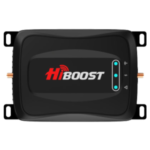
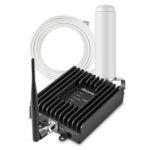
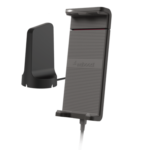
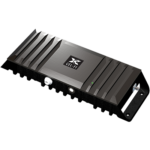
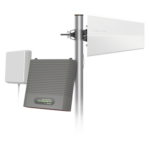
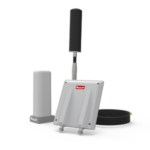
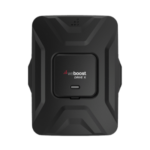
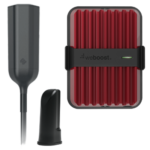



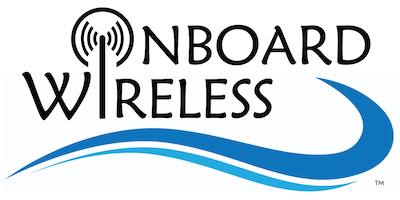



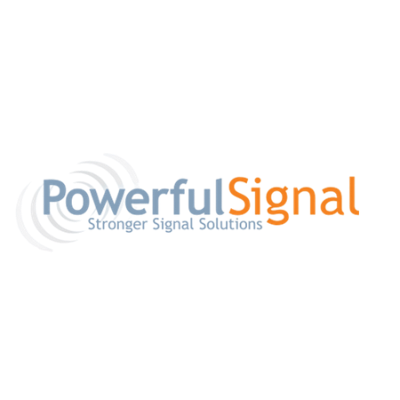


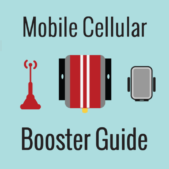
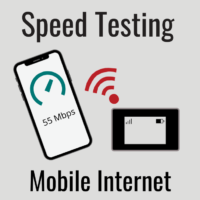
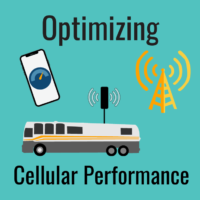
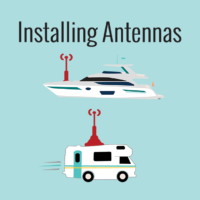
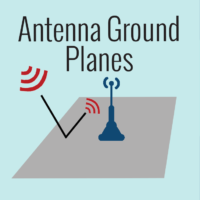
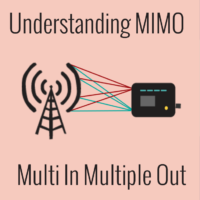
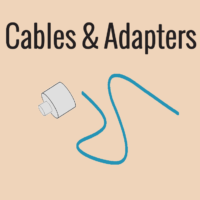

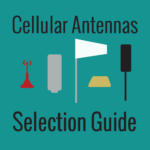



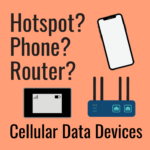

 Mobile Internet Resource Center (dba Two Steps Beyond LLC) is founded by Chris & Cherie of
Mobile Internet Resource Center (dba Two Steps Beyond LLC) is founded by Chris & Cherie of